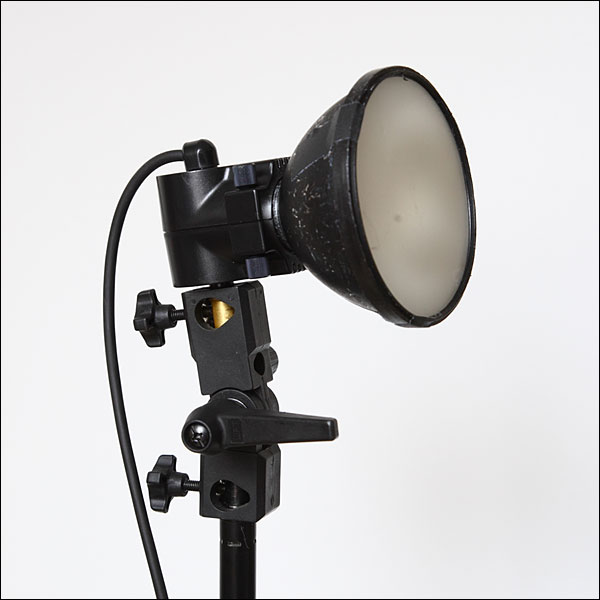

Lastolite makes a very cool, foldable diffuser with a built-in handle that I'm also planning to get.
FLASHH PHOTOGRAPHY REFLECTOR SERIES
Photoflex makes a very inexpensive, lightweight, plastic-framed series of diffusers which mimic the transmission and diffusion of a polysilk (I own several of these).
FLASHH PHOTOGRAPHY REFLECTOR PORTABLE
A Matthews 4' x 4' silk or 6' x 6' silk on a frame can often give you enough coverage for a single subject when the sun is lower in the sky.Īgain, Photoflex, Lastolite, Westcott, and California Sunbounce all make excellent portable light-control systems, including large portable silks (a.k.a. While a 12' x 12' polysilk will certainly do the trick, it takes quite a bit of rigging and ballast to set up a silk that large. use a big silkscreen liek a 12x12 over the head of the model so the sun become a huge softbox. look at highend swimsuit photo for example.Ī lot of bla bla bla. When you shoot outside you want to stay away of direct sunlight as it give harsh shadow (well depend of your image mood and what you want) many time whe use a big silkscreen liek a 12x12 over the head of the model so the sun become a huge softbox.

he pull out a dozen white bed sheet, put them all around the subject on tree, wall etc. the sun was strong but not enough light where covering the subject. but under a tree for example its a good idea because it kill some of the green from the grass, and open the shadow without blowing everything.Ī friend of mine years a go was shoothing in a botanical garden a fashion shoot. but it is faster to play with a bounce to find what you need vs a flash in those condition.Ī big white bed sheet on the floor can also do miracle of lighting your subject. Of course, if you are alone, you will need a tripod to hold it. but why take the time to set up, make a reading, srtop, place the flash, make a reading etc. Of course you can do all this with a flash. the sun would have been too strong for the silver side. the silver help when the sun are not that present, but can kill your subject like in your example you post. I have a huge 6feet one with white and silver. it could be all you need.ĭifferent size, color play a huge role also. Most of the time, whe use a reflector, well place it can do the job more than just right. The are very active websites that deal specifically with such techniques, e.g., If you happen to be stuck in a location or orientation where you don't have sunlight hitting your reflectors, you'll probably want to use a couple of diffused, off-camera flashes. This is one reason I generally prefer the simple 2 reflector approach. In addition, you always should gel your flashes to match the ambient light, and this is just one more thing to get wrong. Don't forget that the size of the diffuser (softbox or umbrella) needs to be quite large, especially if you are doing full-length and/or group shots. Diffusing your flashes chews up photons, and unless you are using big portable flashes, you will likely have problems getting enough light from small shoe-mount units. Using the sun as a backlight and then lighting her face with a couple of off-camera flashes certainly works, but you really should diffuse these flashes, otherwise they will cast harsh shadows and not wrap around the subject's features. This technique has all the grace of a typical Point and Shoot flash shot except that the sun accidentally happened to be behind the subject. I don't like using the sun as a backlight and then lighting her face with an on-camera flash. I'm sure many other folks will chime in with examples of this.

The sun acts like a hair / rim light, one reflector can serve as your key, and the other as your fill. Unfortunately, I'm not at my Photoshop / archives computer so I can't pull out an illustration at the moment, but the technique works quite well. If you are a good location to do this, consider having the sun in back of the subject and then lighting her front-side with a couple of big foldable reflectors that are directly intercepting the sun's rays.


 0 kommentar(er)
0 kommentar(er)
